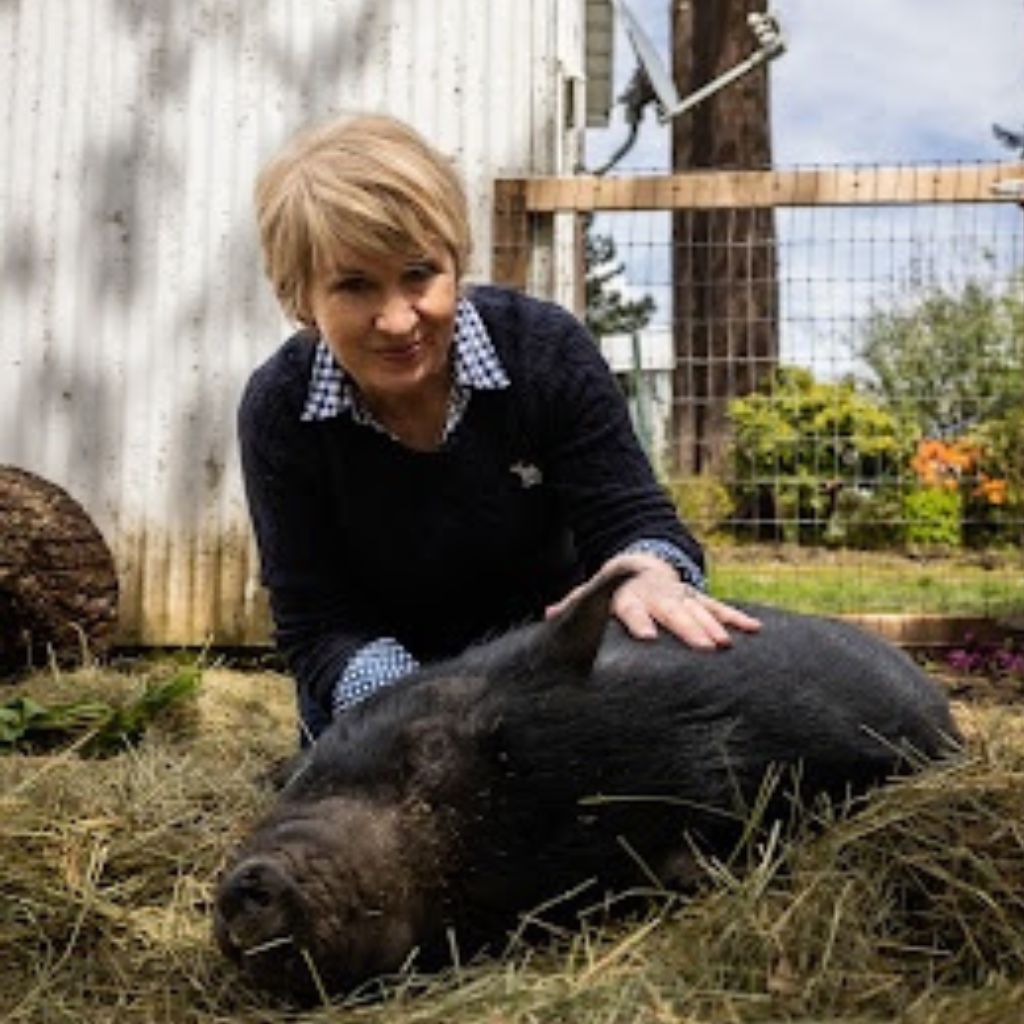What Is Animal Communication?

What Do Animals Share?

Behavior: Pets usually share their perspective regarding behavioral issues, which is great insight for helping them change their behaviors. Many times unwanted behaviors emerge from unmet needs in our pets. So understanding their needs is invaluable to help change their behavior. Some problems are solved with just one communication!

Their Favorite Things: Pets love to share about their belongings, toys, blankets, bedding, and food bowls. They value their things. There have been many a pet who complained soundly at having something they liked taken away. They get attached to their belongings just like we do and they have a sense of loss when those favorite items are gone.

Physical and Emotional Pain: Animals can reveal pain or potential health issues. This can help you care for them and follow up with the appropriate professionals. Animals can also share emotional and mental pain. Animals can generalize mistreatment from their past. I can help them challenge generalizations. Fears can be alleviated and anxiety reduced.

Relationships: Our pets spend their time observing us in our daily lives. They watch our interactions with them, family members, and other animals in the home. They can say very profound things about their family life. Sometimes our pets share what they do to help us in our lives. They can show us how much they know and love us and how they fit into our lives in ways we might not be aware.

Teaching / Training: Animal communication can help with pets who are uncertain about what is being asked of them. In my mind’s eye, I show them a visual picture of what is being requested. Like Sophie, the Australian Shepard, who resisted getting into the car because of hip issues. She then had to learn how to load into a high truck. Once I showed her the mental pictures, she loaded into the truck on her first try.

End of Life Comfort: A pet’s transition can be a very trying time for most of us. When a pet passes, we have to face feelings of doubt, guilt, and grief. Animal communication can help identify when a pet is ready to let go. Animals don’t hold resentment about their passing. They want to be remembered for their lives with you, not the manner of their death.
Prepare for Your Appointment

I can work with any kind of pet or animal. I work most frequently with cats and dogs, but have communicated with insects and horses, goats, birds, rabbits and ferrets just to name a few. Most of my work is remote. I ask for no information up front, just a photograph and their name and age. The photo should show a clear view of their face, body confirmation, and markings. Prepare for your appointment by assuring you have a quiet space free of ringing phones or outside distractions. Give yourself plenty of time to get settled. Take a few breaths to calm and relax yourself going into the appointment. It’s usually fun and can be moving, and comforting. It doesn’t matter what your pet is doing as long as they aren’t being distracted by someone outside the communication. Otherwise the pet can do whatever they like. Some animals come close to the phone, some take a nap or go outside. Whatever they do is okay.
Testimonials




Later, Sophie experienced a severe bout of vestibular syndrome, with extreme dizziness that made walking difficult and hindered her appetite. Elise explained to Sophie what was happing to her from a medical standpoint, and that she would get better. In turn, Sophie communicated that she "felt supported" and liked having the "warm food." Elise had no way of knowing that in order to get Sophie to eat, we had been cooking her special food and serving it warm. This communication was especially valuable during such a worrisome and stressful time.
